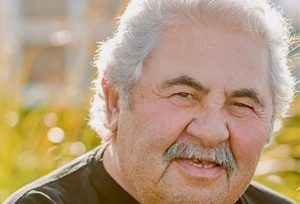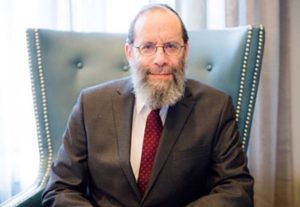 Speed trumps accuracy when it comes to reporting on the Middle East, said Jerusalem Post military correspondent and defence analyst Yaakov Katz at Ryerson University last week.
Speed trumps accuracy when it comes to reporting on the Middle East, said Jerusalem Post military correspondent and defence analyst Yaakov Katz at Ryerson University last week.
Yaakov Katz
Katz’s talk, titled “From the Frontlines: Covering the Arab-Israeli Conflict,” was presented by Hillel and the Canadian Council for Israel and Jewish Advocacy.
“Media works under a tremendous handicap. That handicap is of time and space,” Katz said, adding that with the Internet as the primary news source, reporting quickly is key. But it is not without its problems.
“Every [news organization] is trying to beat the other, and that comes at the expense of the content,” he said.
Katz, 31, has worked at the Jerusalem Post, Israel’s leading English-language daily newspaper, for about 10 years. He was the chief correspondent during the Gaza Strip disengagement in 2005, the Second Lebanon War in 2006 and Operation Cast Lead in 2009. Katz, who was born in Chicago and moved to Israel at 14, also worked as the Israel correspondent for USA Today.
“When it comes to Israel, we have to remember that the news moves at an unprecedented pace,” he said. “What happened half an hour ago is already old news.”
Katz explained that with the pressure on foreign journalists to produce stories almost immediately upon arrival in Israel, they often report what may be a distorted first impression.
During his speech, the reporter brought forward the example of the Associated Press photo of a brutally beaten American Jew, Tuvia Grossman, pictured on the ground in front of an Israeli police officer wielding a club. The caption under the photo in the New York Times mistakenly identified Grossman as a Palestinian, depicting the policeman as his aggressor.
In fact, Grossman had been attacked by a mob of Palestinians and the police officer in the photo was trying to protect him. However, this correction only appeared in the paper days later, by which time Palestinian propagandists had already used the image of Grossman in order to showcase Israel’s supposed cruelty toward the Palestinians.
Unfortunately, said Katz, once this damage is done, it’s very difficult to undo. “Ten hours later, can you really change the story? The answer is no.”
A similar issue emerged this past spring with the Gaza flotilla incident, said Katz. While major media outlets were reporting that the Israeli Defence Forces was attacking unarmed activists, the IDF took 5.5 hours to respond with footage proving their soldiers were acting in self-defence. By this time, it was too late to change public opinion, Katz explained.
He added that if Israel rushes to defend itself faster, and is then caught in a mistake, its credibility is destroyed. There is, however, a double standard, he said.
“Hamas can lie today, and we’ll still report what they say tomorrow.”
“In this theatre of operations,” said Katz, referring to Hamas’ military tactics of using civilian shields, thereby prompting sympathetic media coverage when the IDF fires back, “Israel actually has the underhand, not the upper hand.”
When it comes to combating the issue of the international media and public perception, Katz has suggestions, but admits that there is “no clear solution.”
He believes that Israel should be more open with the media, showing them ahead of time the difficult situations that their enemies create for them. Also, he added, it is the journalist’s duty to thoroughly research the complexities of the Arab-Israeli conflict before reporting.
Putting effort into learning about the conflict separates good journalism from haphazard news reporting, he said.
“You have to sometimes take the extra step, the extra mile.”






